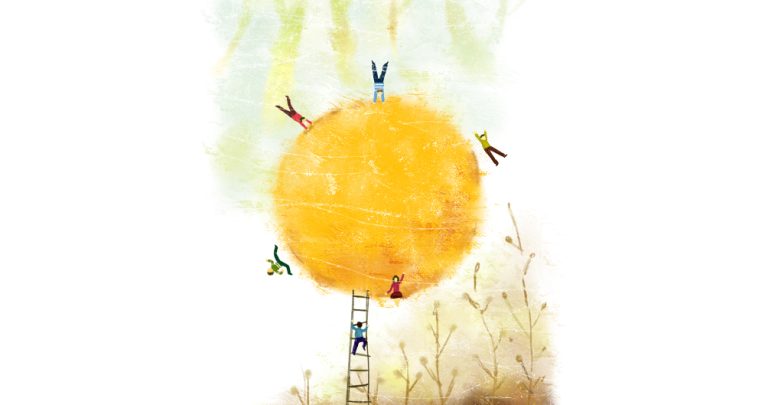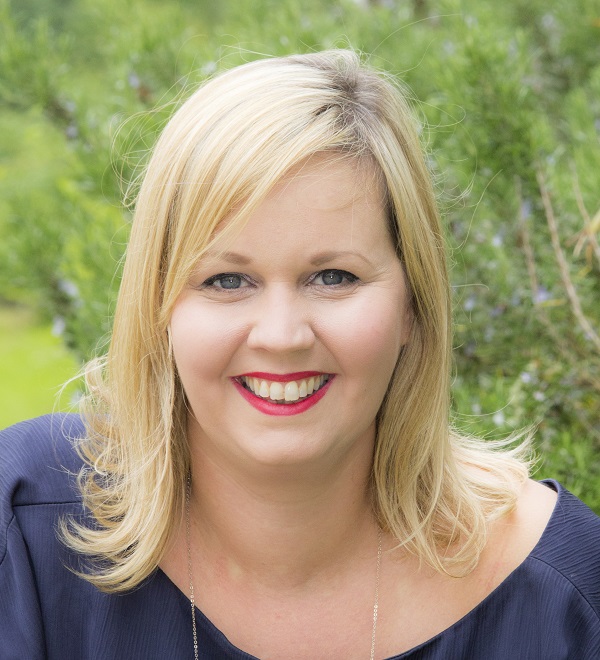End The Cotton Wool Culture In Schools And Nurseries

There are signs that we are finally opening our eyes to the huge benefits of risky play and learning

In the week I started as the new CEO of Learning through Landscapes, the Telegraph published HM Chief Inspector Amanda Spielman’s article ‘It’s time to end the cotton wool culture in our schools – and let children live again’. The cheer in my new office must have been audible far and wide as (we hope) we’re finally seeing the tide of opinion changing on what many have believed for so long – risk in childhood is good. No, actually it’s crucial!
The article looks at child safety and risk. Now, no one would deny that it is important to protect children; so many of the policies introduced into schools have been of great benefit and made us a world leader in child safety. But the flip side to this is that we have allowed a culture to develop that shies away from all risks in play and learning because of fear of repercussion and litigation.
So how can this culture change? Well, apparently in September Ofsted inspectors will take part in training titled ‘When is safe, safe: what really matters’ – this alongside recent ‘outstandings’ for settings and schools who are pushing the boundaries in risky play and learning feels like a huge step forward in long overdue reform.
Understanding risk
In my previous organisation I was given the nickname ‘Health and Sefton’; I never saw this as a negative, though I’m sure it was regularly used behind my back! People soon realised that my referral to risk assessments and risk benefit wasn’t ever designed to stop an activity happening; in fact a good risk assessment did quite the opposite – it made sure that we could do everything we wanted to create an exciting and memorable learning experience.
Even though attitudes may be changing, we live in a world where the risk assessment culture is based on being as safe as possible, not as safe as necessary. The biggest risk of this is that risk assessing becomes a tick-box, liability-avoiding exercise, rather than a useful safeguarding tool that allows us to take on challenges and risks.
There are lots of projects and activities I have run where I have felt confident because I’ve explored the potential risk involved first. These have allowed me to push the boundary because I understood the worst that could happen and do all in my power to prevent it. A risk assessment should be a living document shared by staff and students that can allow exciting learning experiences to take place. Understanding this has allowed me to introduce children to a world of learning that has often been avoided, including allowing young arson convicts to take part in a fire workshop, and exploring animal husbandry.
Look at the research
Understanding the benefits of learning risk is nothing new – over 50 international studies have looked at risk benefit in childhood, and all of them document the positive outcomes understanding risk brings. In Berlin this September, the ISGA (International School Grounds Alliance) will be publishing its risk statement as part of its annual conference: it states
Risk taking allows children and young people to learn vital lessons about themselves and their world. These are lessons that cannot be taught and can only be learned through experience. Caution, resilience, courage, knowledge about one’s own abilities and limitations, and the self-confidence to reach beyond them are learned through self-chosen action.
I have to admit that every time I read this paragraph, I smile – resilience, courage and self-confidence are skills I want to see in every child. I would never disagree with the importance of learning formal subjects, but I hope we are finally beginning to realise that a child’s education should not just be based on a set of measurable outcomes, and those vital attributes such as soft skills and character development have to become a core part of our education system.
What now?
None of this means we can rip up the risk assessment and let the kids run outside with a pack of matches. But what I hope it means is that finally educators can use common sense to help provide engaging learning opportunities for all children on a daily basis, and those tiny hi-vis jackets can be left in the dressing-up box for good old-fashioned creative role play where they belong.
Carley Sefton is the CEO of Learning through Landscapes, which you can follow on Twitter at @LTL_Outdoors.












